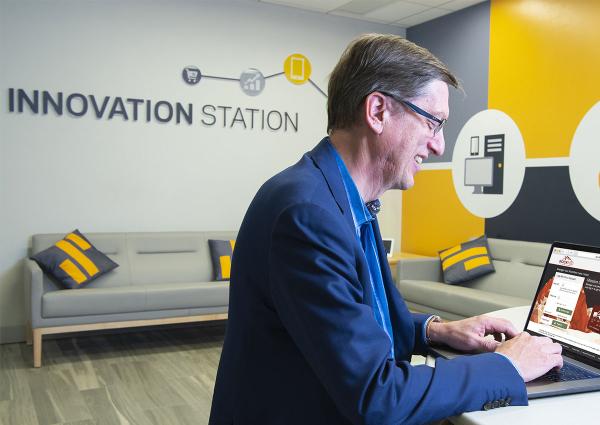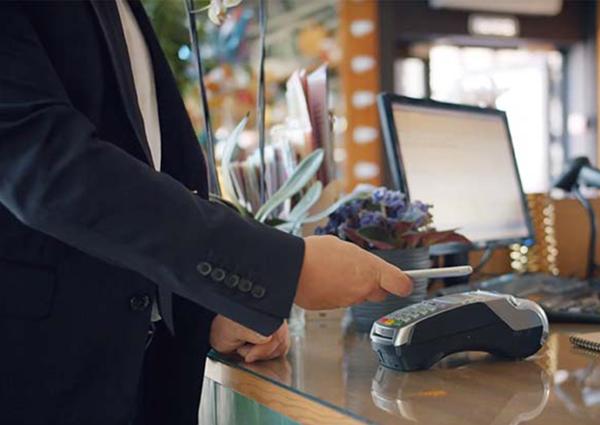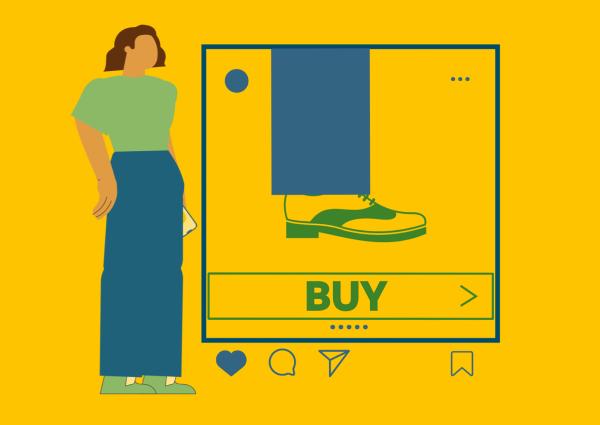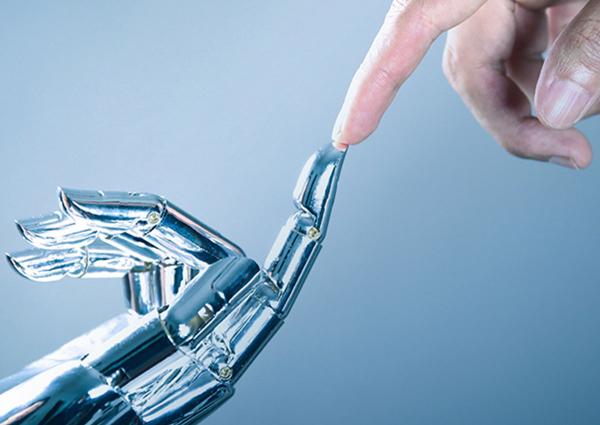White Paper
March 18, 2019, 8:00 AM EDT
Author
Synchrony
Abstract:
The transformation in retail is driven mainly by technology and artificial intelligence. Read on to discover five top trends that are changing the way people shop—now and into the future.

Artificial intelligence (AI) is one of the most transformative areas of technology, and it’s emerging as an imperative for most retailers. These days, forward-thinking retailers use AI for everything from robotics to customer service to predictive modeling.
A recent survey, executed by Oxford Economics for Synchrony, revealed that 80 percent of retailers feel that AI will materially change the customer experience online (90 percent of online-only retailers feel this way). More than half (55 percent) feel that their investments have already yielded substantial revenue growth. 1 Many retailers have used AI to enhance the online experience for their customers over the past several years. Chatbots are now used to answer questions efficiently and inexpensively. Machine learning programs suggest products that customers are most likely to buy. And there’s no human activity involved! Most retailers feel that they haven’t even reached the maximum potential of AI. Seventy-two percent of retailers think AI will be a competitive necessity in the next five years.

According to our AI in Retail survey, large companies are more likely to be early AI adopters. Amazon was one of the first companies to use machine learning for predicting what customers are likely to buy next.1 Along with Alexa, Amazon currently makes use of over 100,000 robots—and they’re fast developing other uses for AI. In the future, AI will be more than just a tool for huge retailers. The technology will be a game changer for large and small entities alike, and will be used by retailers as varied as bike shops and subscription boxes.
See our white paper on AI for a comprehensive analysis of AI in the retail industry.

Move over Millennials, Gen Z is now the biggest living generation (defined as those born between 1995 and 2004). This influential group holds up to $44 billion in buying power and has very distinct attitudes, behavior, and shopping patterns. 2Forty-two percent of Gen Z’ers say they interact more with phones than with people. And they spend a lot of time on social media—checking Snapchat an average of seven times per day and Instagram six times a day. 3 As such, they are the first true digital natives.
But when it comes to shopping, 64 percent of Gen Zers say they prefer to shop in-store vs. online. What excites them about in-store shopping? It’s the experience. Forty-five percent say the experience of buying something is more important than the product itself. They’re also highly motivated by sales, discounts, and freebies, which mean more to them than loyalty points or reward coupons. 4
Brands are starting to take notice, shifting strategies to attract and retain the important Gen Z consumer. Target, Inc. has an incubator in Minneapolis that is specifically focused on Gen Z shoppers. According to Andrew Murphy, managing partner of Loup Ventures, “It’s less about consumer insights on Gen Z than building different ways to affect their culture internally—they’re developing their products and services in a more tech-focused direction from the inside out.” 5


Retailers are focusing on the checkout experience. Some have implemented cashier-free checkouts while others have eliminated the checkout experience altogether. According to our Emerging Technology study, 37 percent of consumers are comfortable making purchases at a checkout-free store with their mobile device. 6 Of those who see themselves bypassing the checkout lane, 66 percent feel most comfortable buying from convenience stores, followed closely by apparel (61 percent). 7 But there are concerns about checkout free stores. What’s holding people back? Many don’t trust the technology. Fifty-eight percent fear the technology won’t charge them accurately, and 51 percent say they worry someone may think they’re stealing. 8 Once the technology becomes more widespread, these concerns are likely to fade.
Many retailers are in the process of testing or implementing cashierless technology. Amazon attracted attention with the announcement of its cashier-free Amazon Go concept and said it planned to roll it out to thousands of locations. Microsoft is also developing cashier-free checkout 9 and 7-Eleven announced it was testing cashierless payments as well. 10 After the widespread adoption of cashier-free grocery and fast food locations, other retail entities are sure to be fast followers of this concept.
See our infographic on Emerging Technology for this and other retail technology trends.

Our Social Media Survey shows that, not surprisingly, the vast majority of the U.S. population (86 percent) have access to social media. 11 And our studies show this has a big impact on what they buy. In 2018, 57 percent said they bought something after seeing it on social media—up from 31 percent only three years ago. The average ticket is fairly low at this point ($37.61) but the growth rate of socially influenced purchases is significant. 11
What’s driving this purchase activity? Most social media purchasers (51 percent) say it’s the convenience. 11 Since they are on social media anyway, clicking through to buy is just a natural next step.
Retailers who are successful at social media have a laser-like focus on their target customer and the social media that they are likely to consume. For instance, since the Gen Z population is most likely to be on Instagram and Snapchat, a brand that focuses on this population should have a strategy in these channels. If they target Boomers, they should focus on Facebook. And the content needs to be engaging. Sixty-eight percent of consumers surveyed tell us they find unsolicited advertising annoying.
What kind of posts do consumers find most compelling? Seventy-seven percent say they enjoy ones that introduce them to new retailers, and 76 percent say they like to see items they can’t find elsewhere. 11 So, advice to retailers—introduce new items or retail concepts on social!
See our infographic on social media insights.

The demise of in-store shopping has been greatly exaggerated. The 2018 holiday season showed strong in-store sales. While online holiday shopping approached $125 billion, 83 percent was still done in-store. 12
“I think brick-and-mortar retailing is as strong, exciting, and innovative as it’s been in a long time,” said Andrew Lipsman, principal analyst at eMarketer. 13

The future looks bright for in-store shopping. Online has represented about 15-20 percent of total purchases for the past five years—which means approximately 80 percent of shopping is still done in the store. To grow sales, many online-only retailers are opening physical stores, including MM.LaFleur, Away, Tamara Mellon, and Casper. Amazon has created a big splash with its Amazon Go cashier-free storefronts and plans to launch about 3,000 across the U.S.
Large traditional retailers are also increasing their investment in brick-and-mortar locations. Kohl’s is adding more locations outside of malls and expanding its partnership with Amazon. Nordstrom has been testing new concepts with stores that don’t sell any merchandise. T.J. Maxx is focusing on experiential retail. 13
The roots of this trend can be traced to the other trends mentioned earlier. AI gives retailers enhanced abilities in data collection and personalization. The Gen Z population prefers to shop in-store and is spending more than ever. As a result, the experience of going into the store for browsing and buying is not going away any time soon.

Table of Contents











.jpg)
